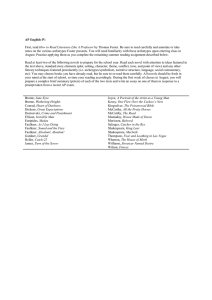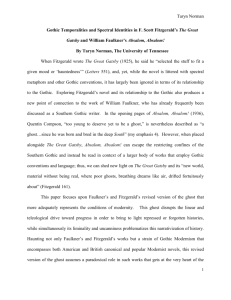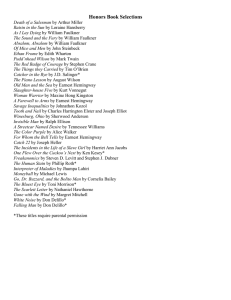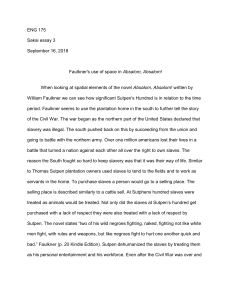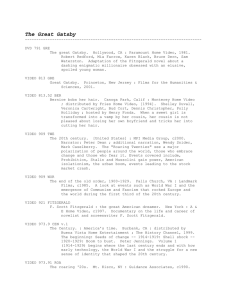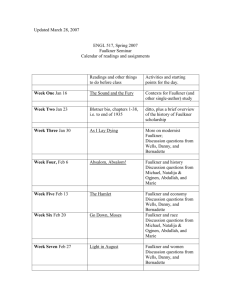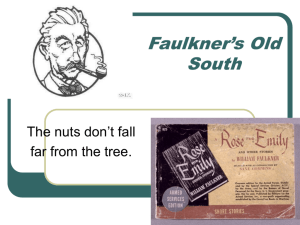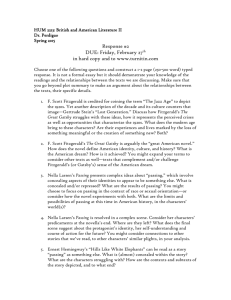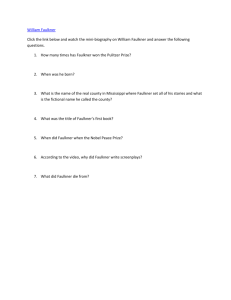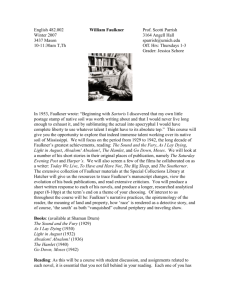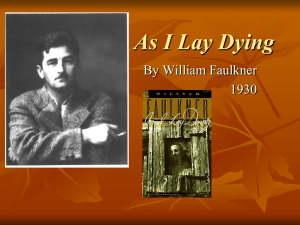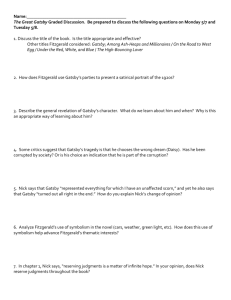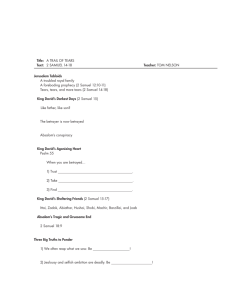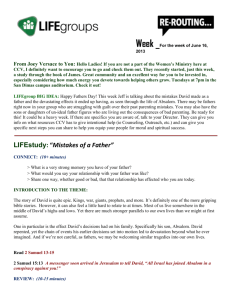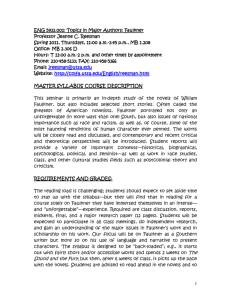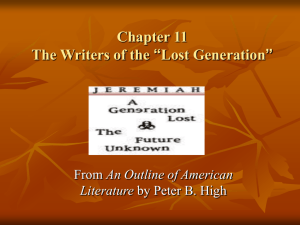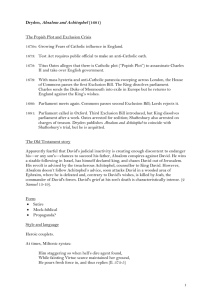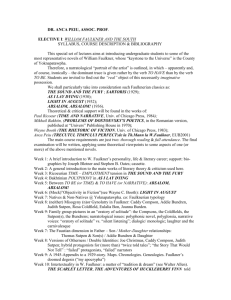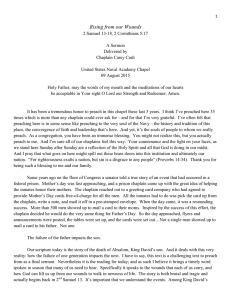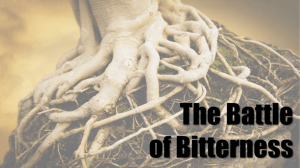Or Does it Explode? The American Dream after the Bomb
advertisement
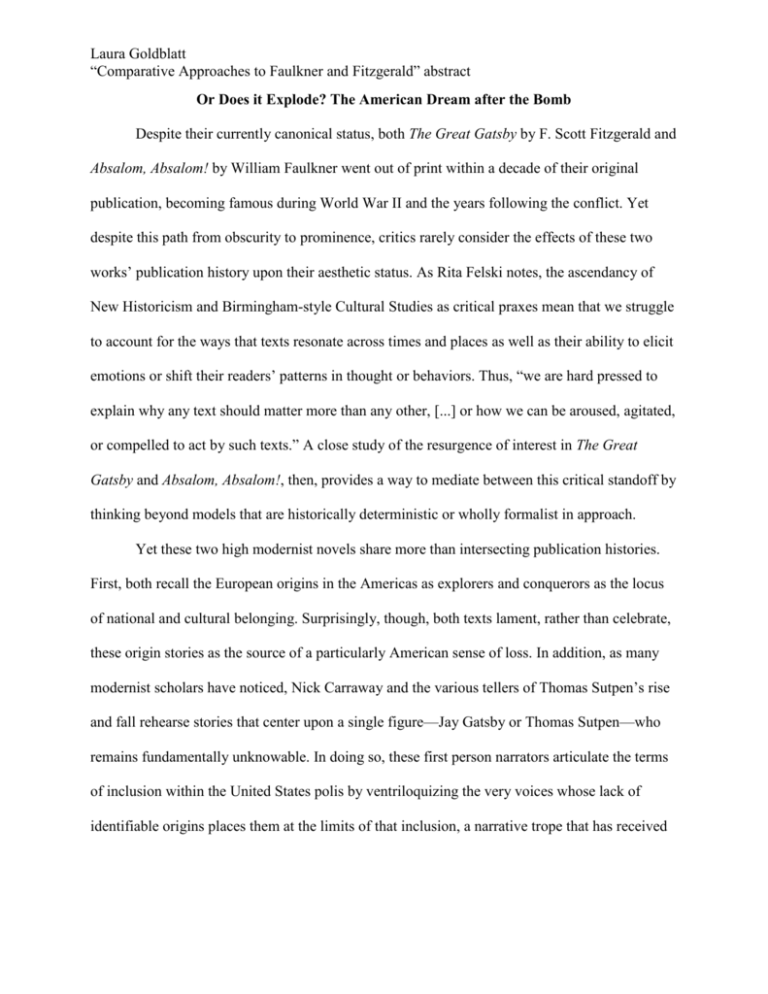
Laura Goldblatt “Comparative Approaches to Faulkner and Fitzgerald” abstract Or Does it Explode? The American Dream after the Bomb Despite their currently canonical status, both The Great Gatsby by F. Scott Fitzgerald and Absalom, Absalom! by William Faulkner went out of print within a decade of their original publication, becoming famous during World War II and the years following the conflict. Yet despite this path from obscurity to prominence, critics rarely consider the effects of these two works’ publication history upon their aesthetic status. As Rita Felski notes, the ascendancy of New Historicism and Birmingham-style Cultural Studies as critical praxes mean that we struggle to account for the ways that texts resonate across times and places as well as their ability to elicit emotions or shift their readers’ patterns in thought or behaviors. Thus, “we are hard pressed to explain why any text should matter more than any other, [...] or how we can be aroused, agitated, or compelled to act by such texts.” A close study of the resurgence of interest in The Great Gatsby and Absalom, Absalom!, then, provides a way to mediate between this critical standoff by thinking beyond models that are historically deterministic or wholly formalist in approach. Yet these two high modernist novels share more than intersecting publication histories. First, both recall the European origins in the Americas as explorers and conquerors as the locus of national and cultural belonging. Surprisingly, though, both texts lament, rather than celebrate, these origin stories as the source of a particularly American sense of loss. In addition, as many modernist scholars have noticed, Nick Carraway and the various tellers of Thomas Sutpen’s rise and fall rehearse stories that center upon a single figure—Jay Gatsby or Thomas Sutpen—who remains fundamentally unknowable. In doing so, these first person narrators articulate the terms of inclusion within the United States polis by ventriloquizing the very voices whose lack of identifiable origins places them at the limits of that inclusion, a narrative trope that has received Laura Goldblatt “Comparative Approaches to Faulkner and Fitzgerald” abstract relatively less critical commentary. Indeed, both works dramatize failure thematically and in the frustration of narrative coherence. In this paper, I will analyze this history of republication from both a material and aesthetic vantage point to consider the different meanings of United States nationalism in the 1940s and 50s. For instance, how do we account on aesthetic grounds for the Faulkner and Fitzgerald-mania that helped to define the US literary scene in the second half of the twentiethcentury? Why were these tales of displacement and resettlement reprinted and made famous during and in the wake of the United States’ first major demonstration of global dominance and in the midst of decolonization in the Global South? What can studying these works as products of the 1950s, rather than 1920s and 30s tell us about the aesthetics of US nationalism during this period and its complicated relationship to the meditations upon the foundational myth of the US nation as existentially bereft? By answering these questions, I hope to unravel the relationship between American failure, American origins, and US nationalism in these works’ resurrection at mid-century.

